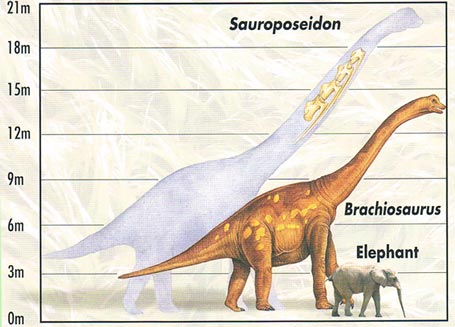May 21st Remembering Famous Mary Anning
Mary Anning – Fossil Hunting Pioneer
Today, May 21st, we remember Mary Anning, the Englishwoman who did much to assist in the development of the science of palaeontology in the 19th century. Mary Anning was born on this day in 1799. Sadly, during her lifetime, her exploits and contribution to our understanding about fossils and prehistoric life were not recognised to as large an extent as they should have been. If Mary was alive today, she would find the academic world much more accessible than it was back in Georgian and early Victorian times.
Remembering Mary Anning
Mary helped put the small, Dorset town of Lyme Regis on the scientific map. The fossils she found and her work in studying the many specimens excavated from the the Lower Jurassic marine shales did much to shape the nascent sciences of geology and palaeontology. Although Mary became well known as an expert in fossils and fossil hunting, she did not receive full credit for her work. In those less enlightened days, the concept of women in science was frowned upon by many academic institutions.
Mary is credited with the discovery of the first plesiosaur fossils (1821) and the first pterosaur from the British Isles (1828). The responsibility for studying and describing this pterosaur specimen went to the Reverend William Buckland (1829), although the fossil was well-preserved, it was missing the skull and as a result , the Reverend Buckland mistakenly identified the creature as belonging to an already described flying reptile genus known from Germany (Pterodactylus).
Remembering Mary Anning – A Pioneer in Fossil Hunting

Helping to promote science for girls by dressing up as Mary Anning. Team members at Everything Dinosaur help support funding to commemorate the contribution to science made by Mary Anning.
Picture credit: Everything Dinosaur
Pterosaur Fossil
In fact, the fossil represented an entirely new genus of long-tailed pterosaur. Sir Richard Owen re-examined the original fossil evidence along with a number of other fossil finds and in 1858, over a decade after Mary had sadly passed away, he established the new genus Dimorphodon. Look out for this toothy pterosaur terrorising visitors to the Isla Nuablar theme park in the forthcoming movie “Jurassic World”.
Everything Dinosaur stocks a wide range of models of iconic fossil animals that represent specimens that Mary Anning would have been familiar with: Dinosaur and Prehistoric Animal Figures.
Mary died in 1847, she is buried at St Michael’s church (Lyme Regis), each time team members at Everything Dinosaur visit the Jurassic coast we pop along and pay our respects to her.
Picture credit: Everything Dinosaur
When visiting primary schools to talk about fossils and rocks we tell the story of Mary Anning and show the children typical fossils that Mary would have found as she searched the beaches and cliffs along that part of the Dorset coast.
Recently, a new species of ichthyosaur was named in honour of Mary Anning: New Ichthyosaur Species Honours Mary Anning.





